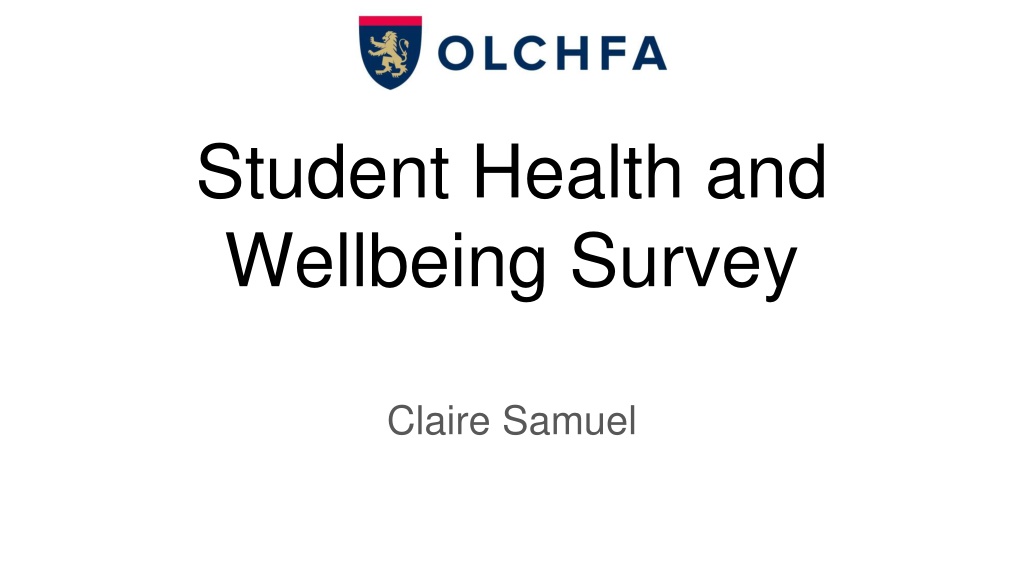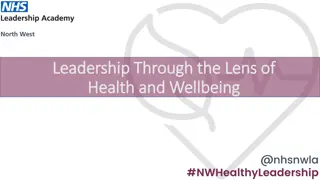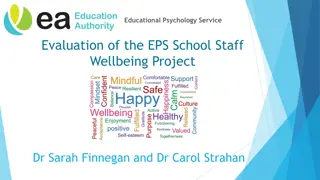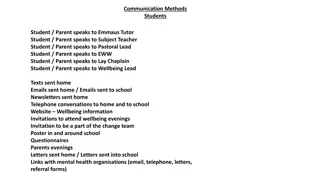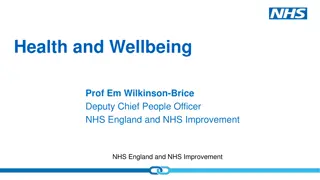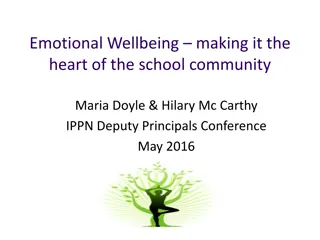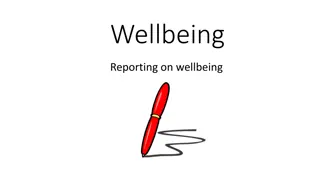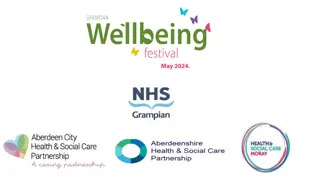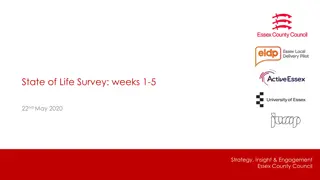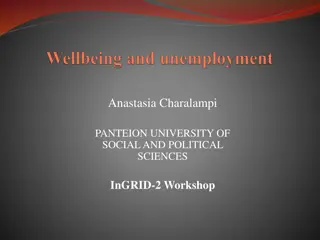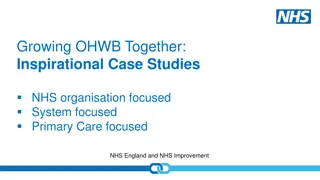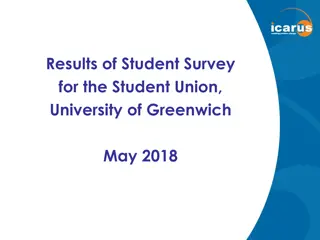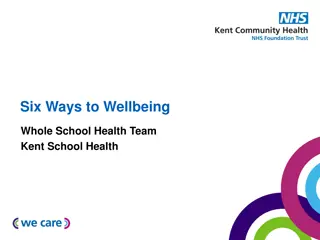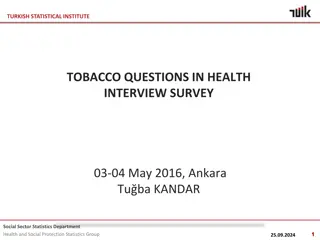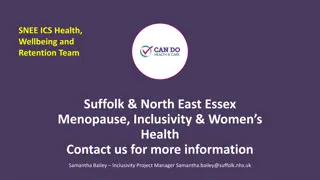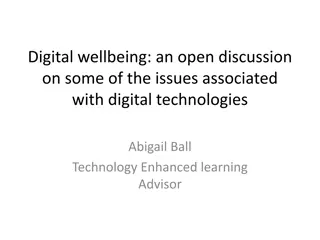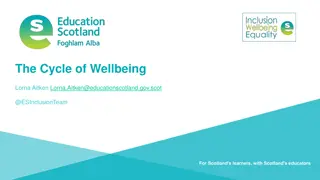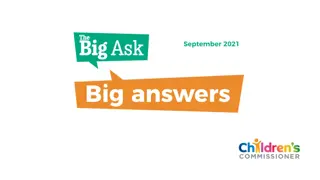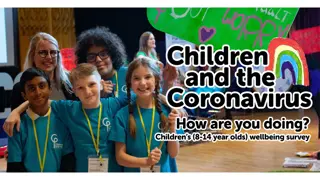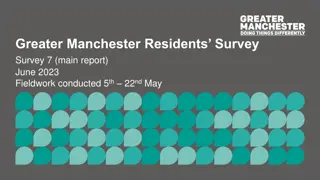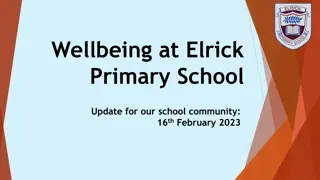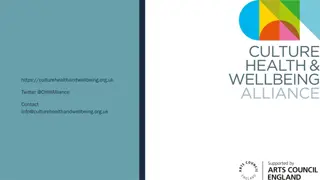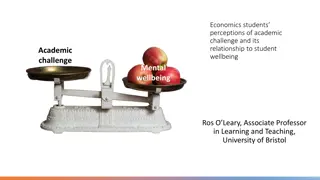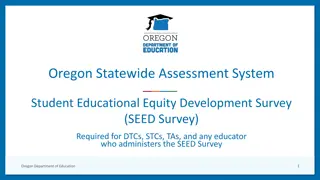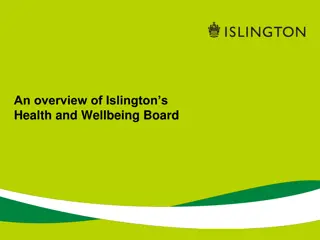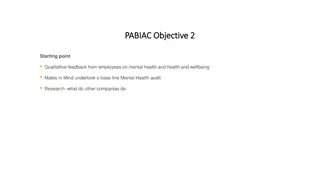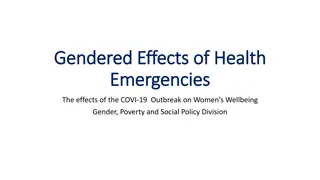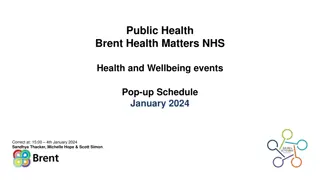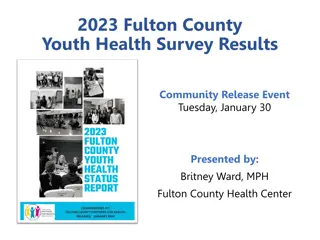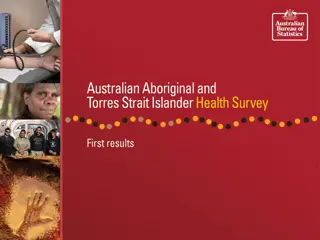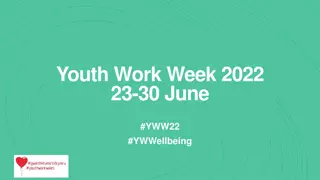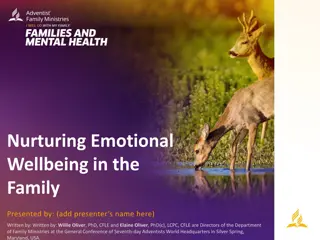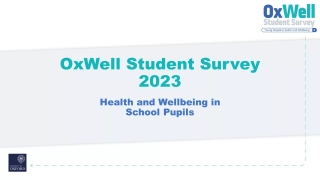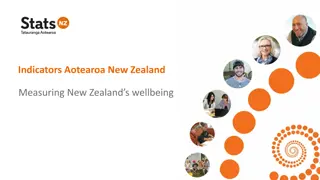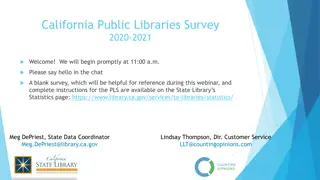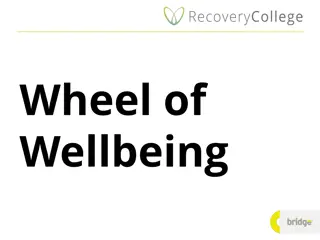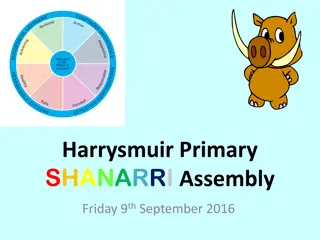Student Health and Wellbeing Survey Organization Overview
The Student Health and Wellbeing Survey conducted at a school involved meticulous planning and strategic organization to ensure high participation rates among students. The survey was rolled out to different year groups systematically, with tailored support for specific student needs. Senior management is now focusing on analyzing the results and planning how to share them with staff in a positive and measured manner. Learning Leaders are also gearing up to utilize the survey data for enhancing student wellbeing and academic progress.
Download Presentation

Please find below an Image/Link to download the presentation.
The content on the website is provided AS IS for your information and personal use only. It may not be sold, licensed, or shared on other websites without obtaining consent from the author. Download presentation by click this link. If you encounter any issues during the download, it is possible that the publisher has removed the file from their server.
E N D
Presentation Transcript
Student Health and Wellbeing Survey Claire Samuel
Making a start on the organisation of the survey We decided very early on that to ensure that participation was high. We had to make sure that all pupils realised that this survey was important to the school. If we only surveyed small numbers we wouldn t get a fully representative picture from the pupils.
Strategic organisation Information issued to staff early on in September via Google drive. Letters issued to pupils on September 27th Twitter and Text message reminder sent out to parents on September 29th Video link shown to all form groups first week in October Google classroom set up with a link to the survey for each pupil, once they have joined the classroom. Four test forms completed the survey to see how long it would take, early October, this was a mix of Year groups.
Strategic organisation cont... Roll out begins with Year 11 in October, after half term, followed by Year 10. 15th November Year 12 and 13 complete the survey KS3 ALN pupils took the survey in smaller rooms with TA support throughout November. Year 8- 24/11, 8/12, 15/12 Year 7- 12/12 form period and Lesson 1 Mop up sessions were facilitated by CLS as each year group completed the survey
The nitty gritty of reaching 1635 pupils Some days were a challenge. But not all days
Senior management Team response Having only had the results for a short time the SLT want to ensure that the school response is measured and appropriate. With that in mind the SLT have spent time looking at the data and are now in the planning stages of how to disseminate the results to staff. They feel that being cautious with their response, so as not to focus too much on the concerns. We can focus on the positive aspects of the survey report.
Sharing with our Learning Leaders Learning Leaders are in essence Heads of Year. However, they have a wider remit that includes aspects of wellbeing as well as the tracking of academic progress. They are supported by Pastoral Guidance Workers who deal with the majority of the pastoral issues for each Year group. Each Learning Leader will be issued with the data before the whole staff are issued with the results. In partnership with the wellbeing team, they will be expected to use the data in order to plan activities that will improve the wellbeing of their Year Group. Examples of action points emerging from this process would be a suggestion that we increase the number of specialist external speakers coming into assemblies, with appropriate follow up activities planned for form periods. We have also used the data to look at the timings of what we cover with each year group.
As Health and Wellbeing Coordinator at Olchfa I recognise the link between Healthy Schools in Wales and the survey, because we know that evidence tells us that a whole school approach is likely to make a difference to the health and wellbeing of young people. This means: All members of the school community at Olchfa are considered to be involved in the wellbeing of our pupils : all staff (teaching and non-teaching)/learners/Governors/and linking where appropriate to parents and the wider community. Curriculum that is supported by the ethos and environment of the school. We are a Healthy School and as such we ensure a healthy eating curriculum supported by the Technology Department, Humanities/iThink, the school canteen. We encourage the drinking of water, through having water stations across the school. We have a gym called Calon, which encourages a healthy body with a gym instructor. Pupils have the opportunity to join the gym and work out at lunch or after school.
How this relates to Health and Wellbeing at Olchfa PSE provision will be reviewed and evaluated to ensure that any areas of concern highlighted by the Survey can be improved and further developed. Although we feel that we currently have an excellent range of sessions delivered across the 9 PSE sessions through the year, the SHRN questionnaire has encouraged us to think long and hard about the appropriateness of what we offer Moving forward, the plan is to revise and amend the program in line with the perceived needs of our pupils. As a Pioneer school for Health and Wellbeing, we have been involved in the planning for the new curriculum. This is vitally important for us to get right. So the opportunity to be involved in the Network survey every two years will allow us to have data to look at the impact of the changes we make to the curriculum and is of great importance to our ongoing development.
